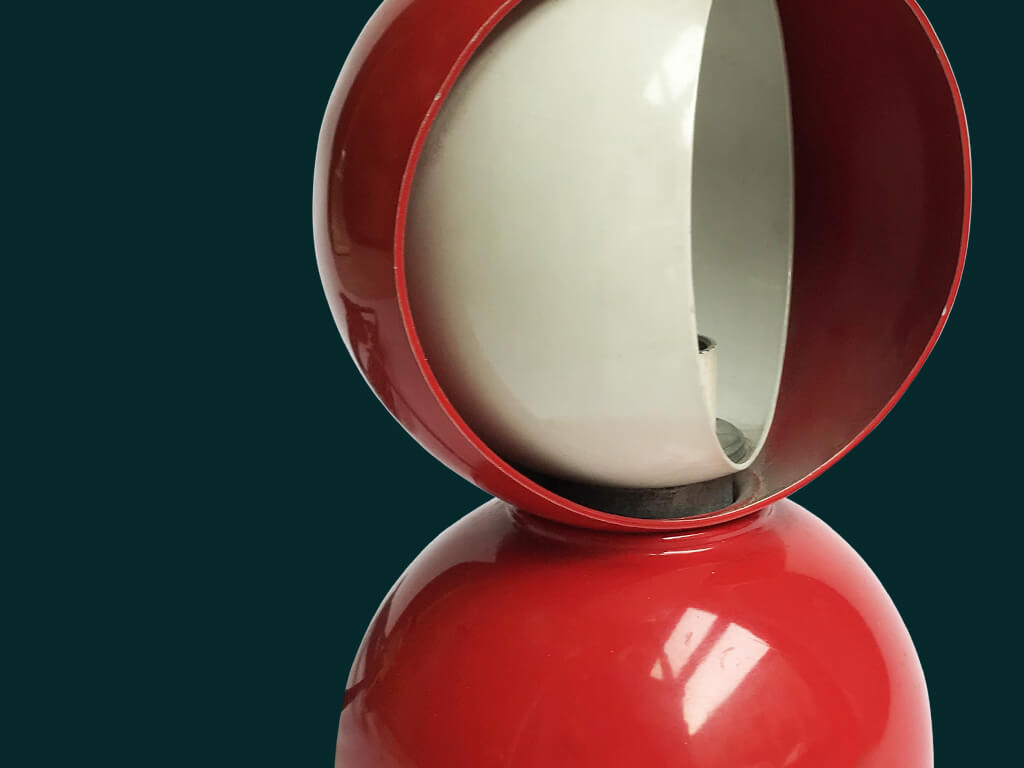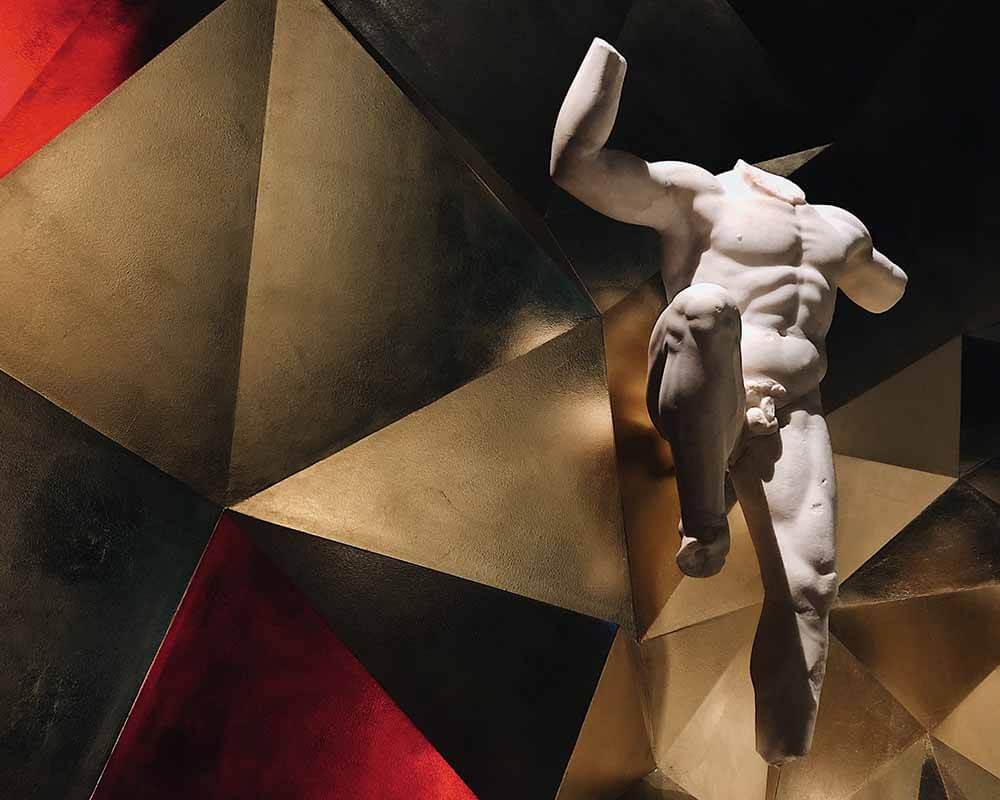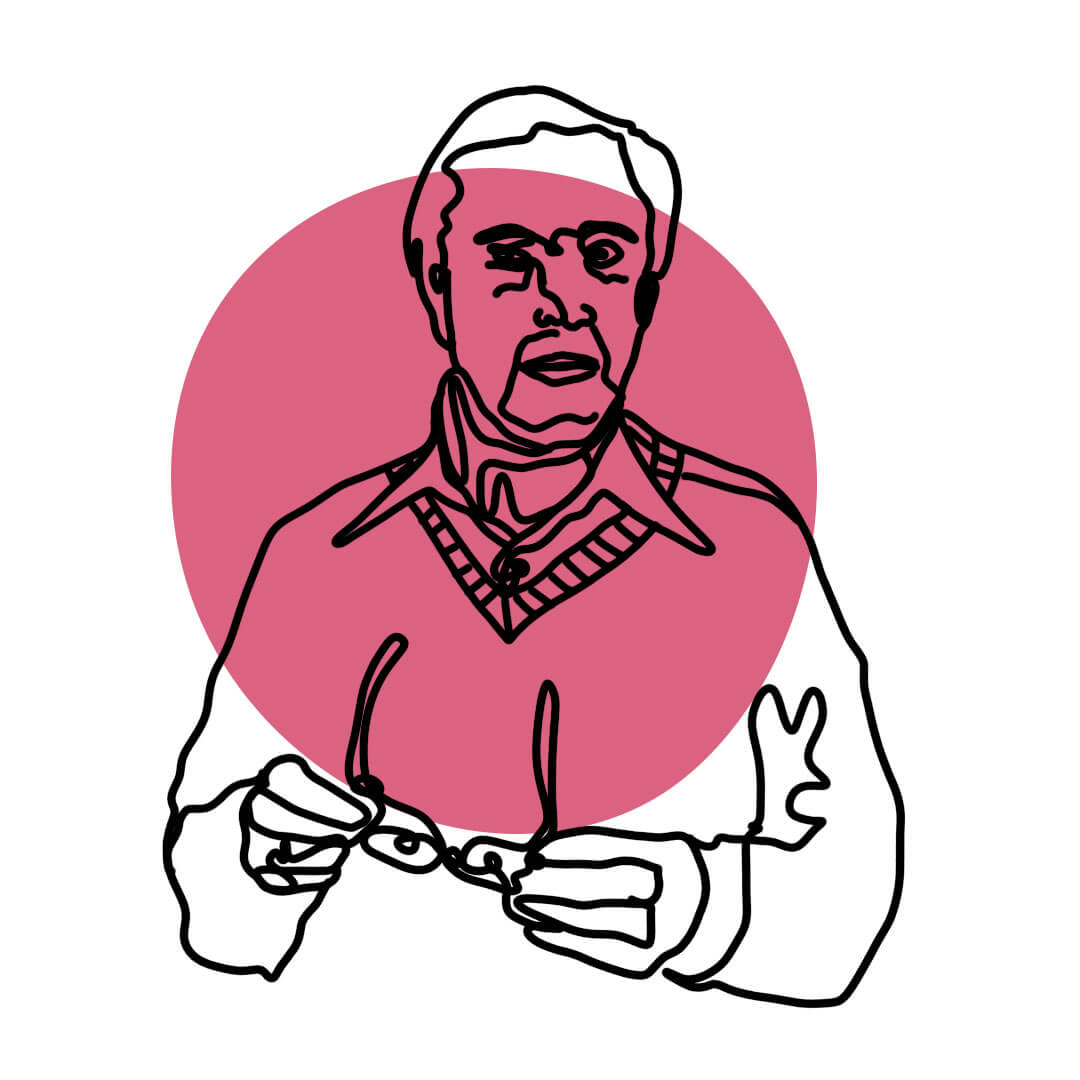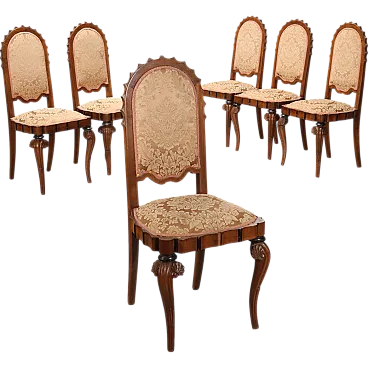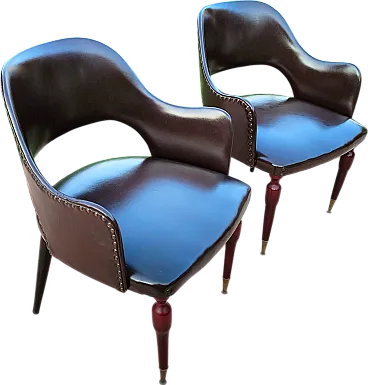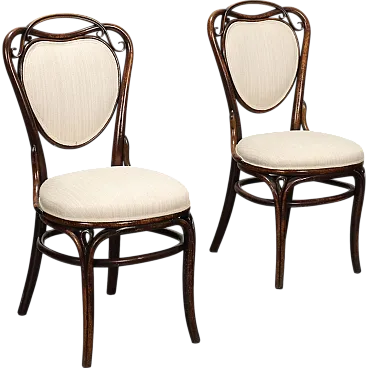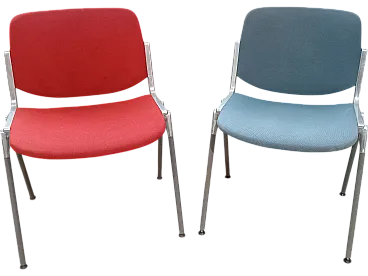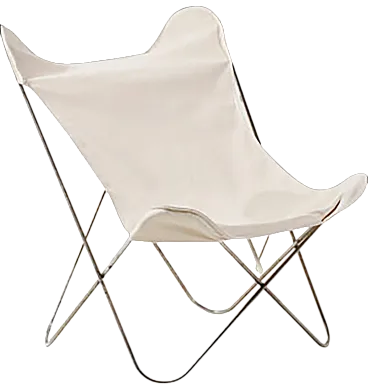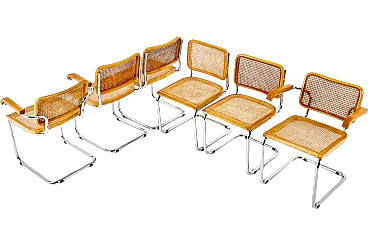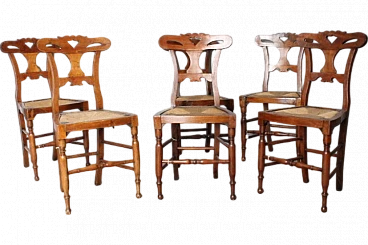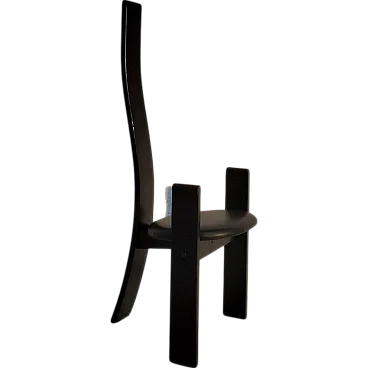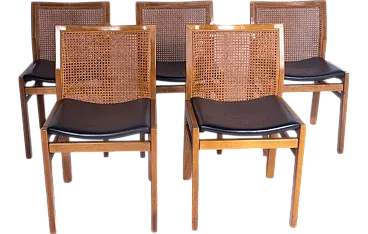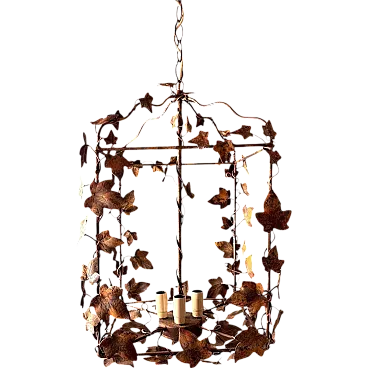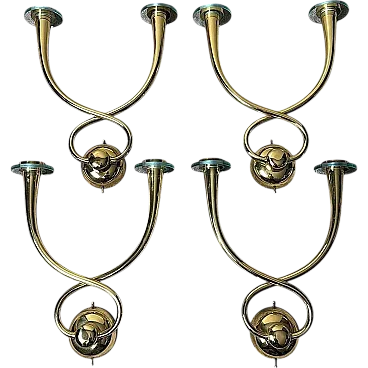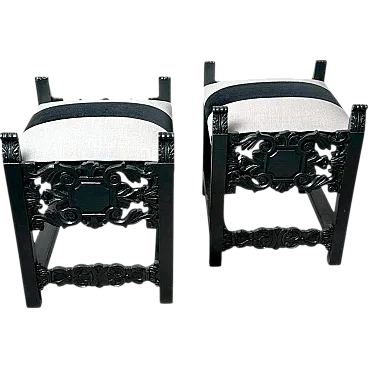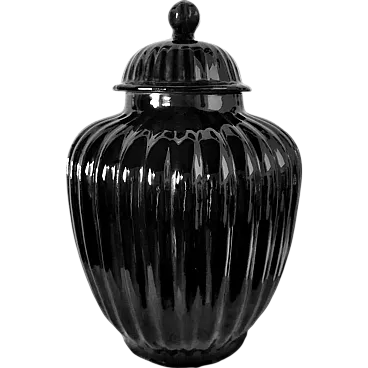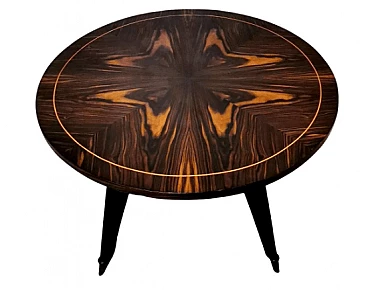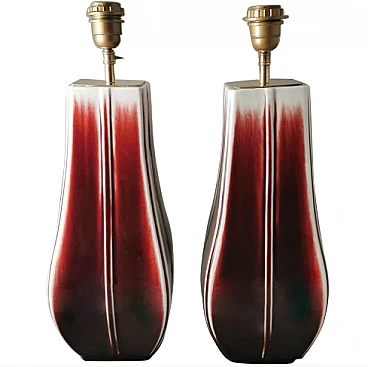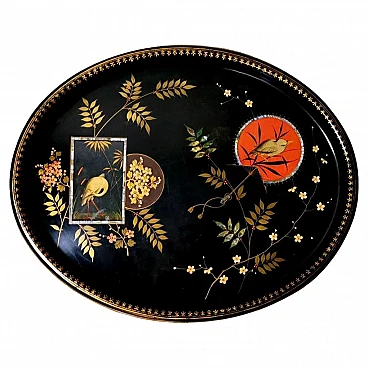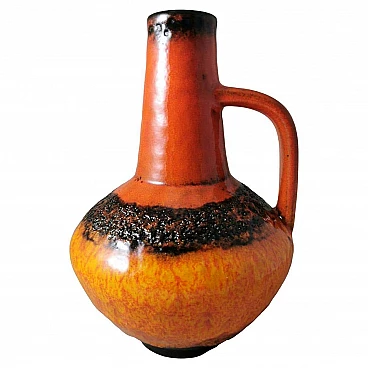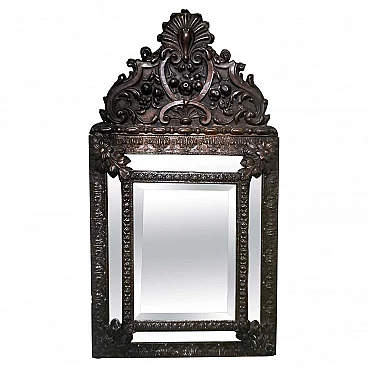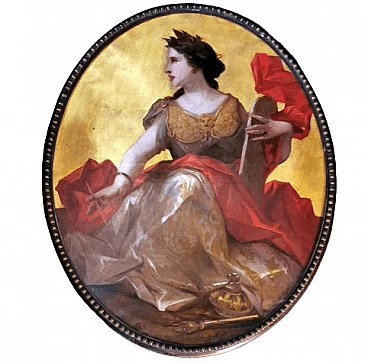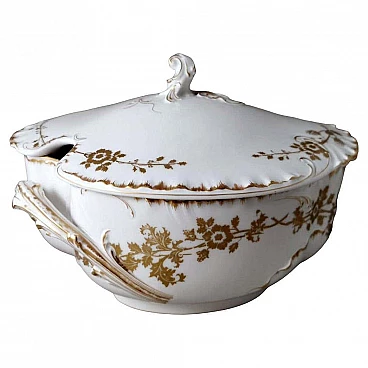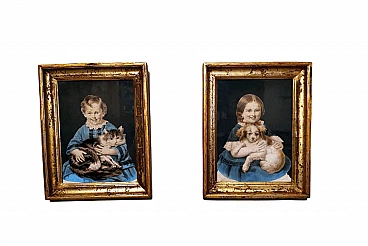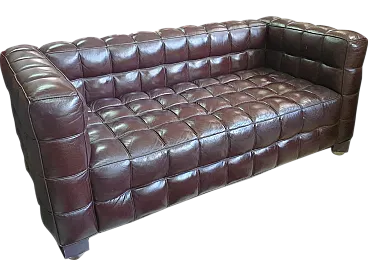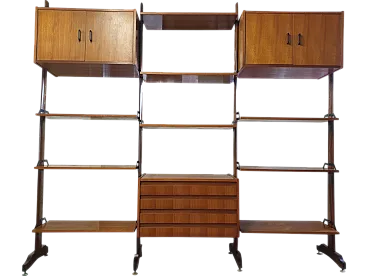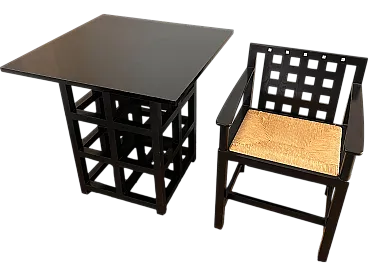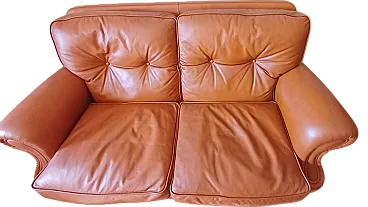Rare and unique wooden chair. It was made between 1770 and 1780 in Spain, in solid black ebony. Its strange shape can be linked to an elaboration of the ancient Roman curule saddle in wood and leather. The curule, was a very ancient seat symbol of the judicial power reserved to the kings of Rome and later to the curuli magistrates. Over time the chair was readapted and modified as a daily chair, enriched by wood craftsmen with overhangs and inlays. Also this chair has elaborate and detailed bone decorations in the backrest, completely hand-carved by master cabinetmakers. On the sides, there are two dolphins from whose mouths come out flowers and leaves that surround in the middle two little angels on a lawn that seem to offer us a sort of game. The seat of this chair is also very particular, in fact, it was made with the Cordova leather technique, strictly vegetable-tanned as it was used at the time. The art of decorating leather in various ways with chisels, embossed images, gold and silver foils, pigments, etc., was very developed by the Arabs and transmitted by them to the Europeans. Very well known are the leathers of Cordoba, produced in that Spanish city, decorated with reliefs on gold backgrounds, chiseled and painted, used for upholstery, bookbinding, covers, and seats. The bottom of our seat was hammered in chisel and silver, unfortunately, the strong wear and tear of time and use has prevented us to admire a great masterpiece of craftsmanship. Cordoba's art continued until the 18th century, when this work almost disappeared, leaving very few craftsmen who continued this highly artistic activity. Seat height: cm 33.

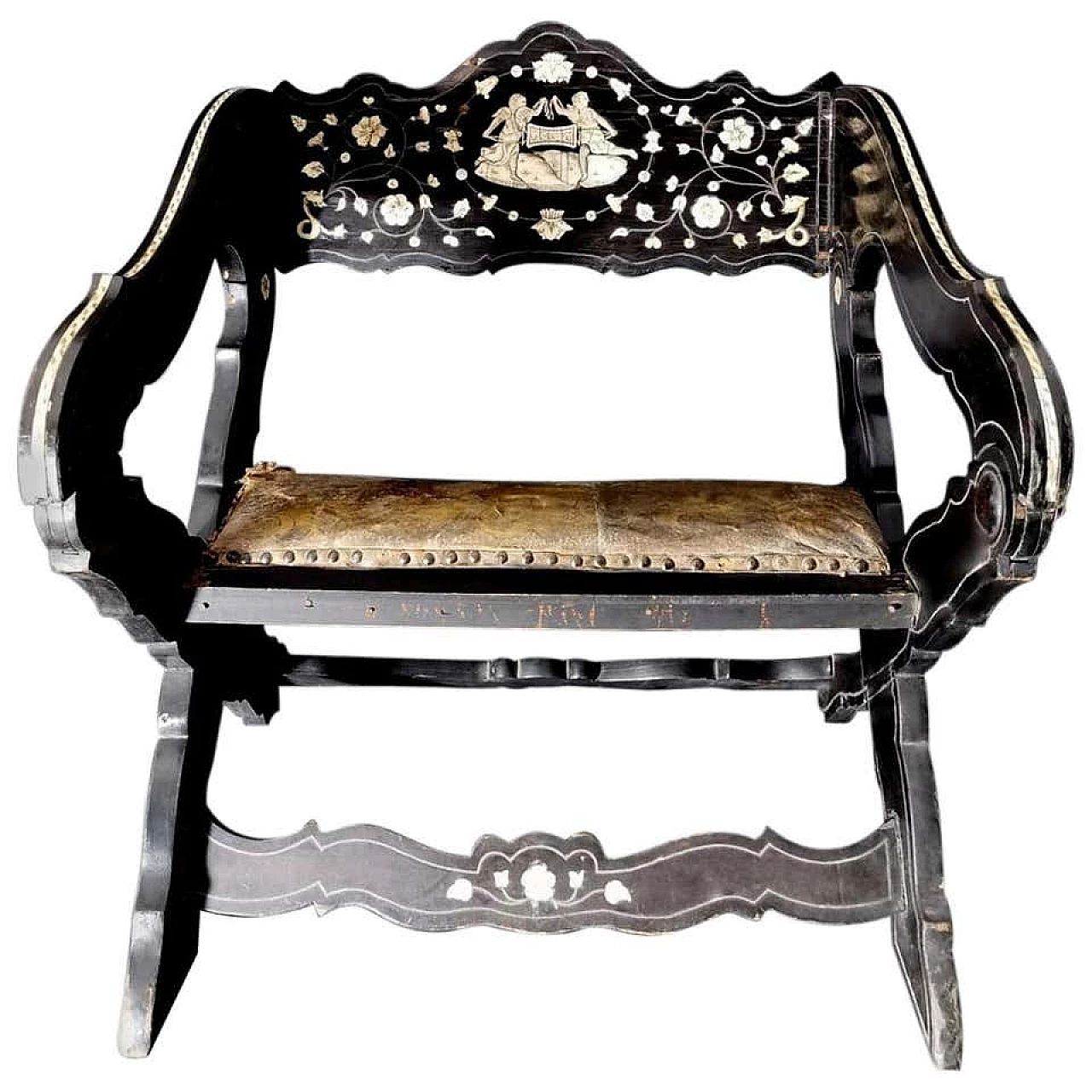
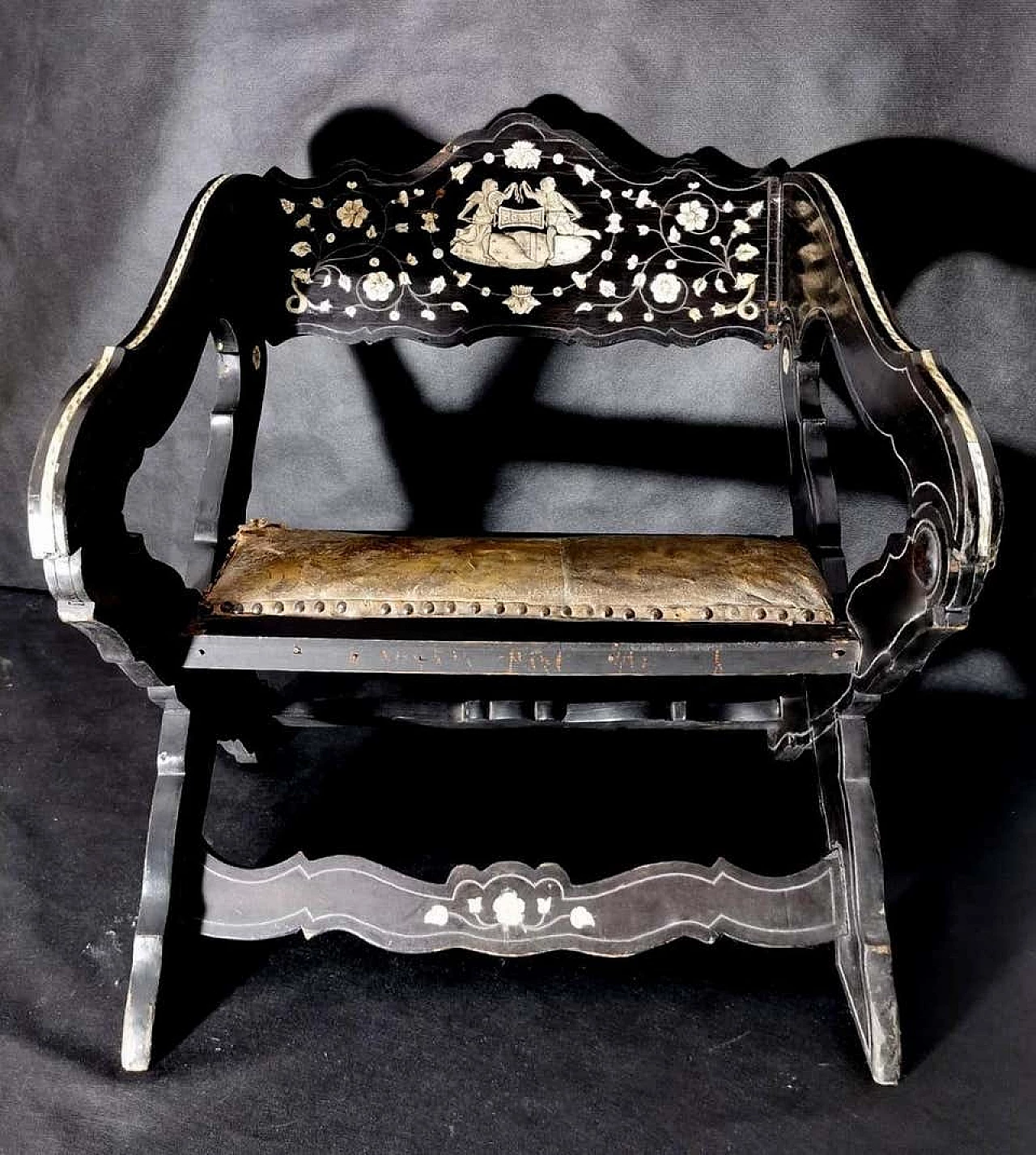
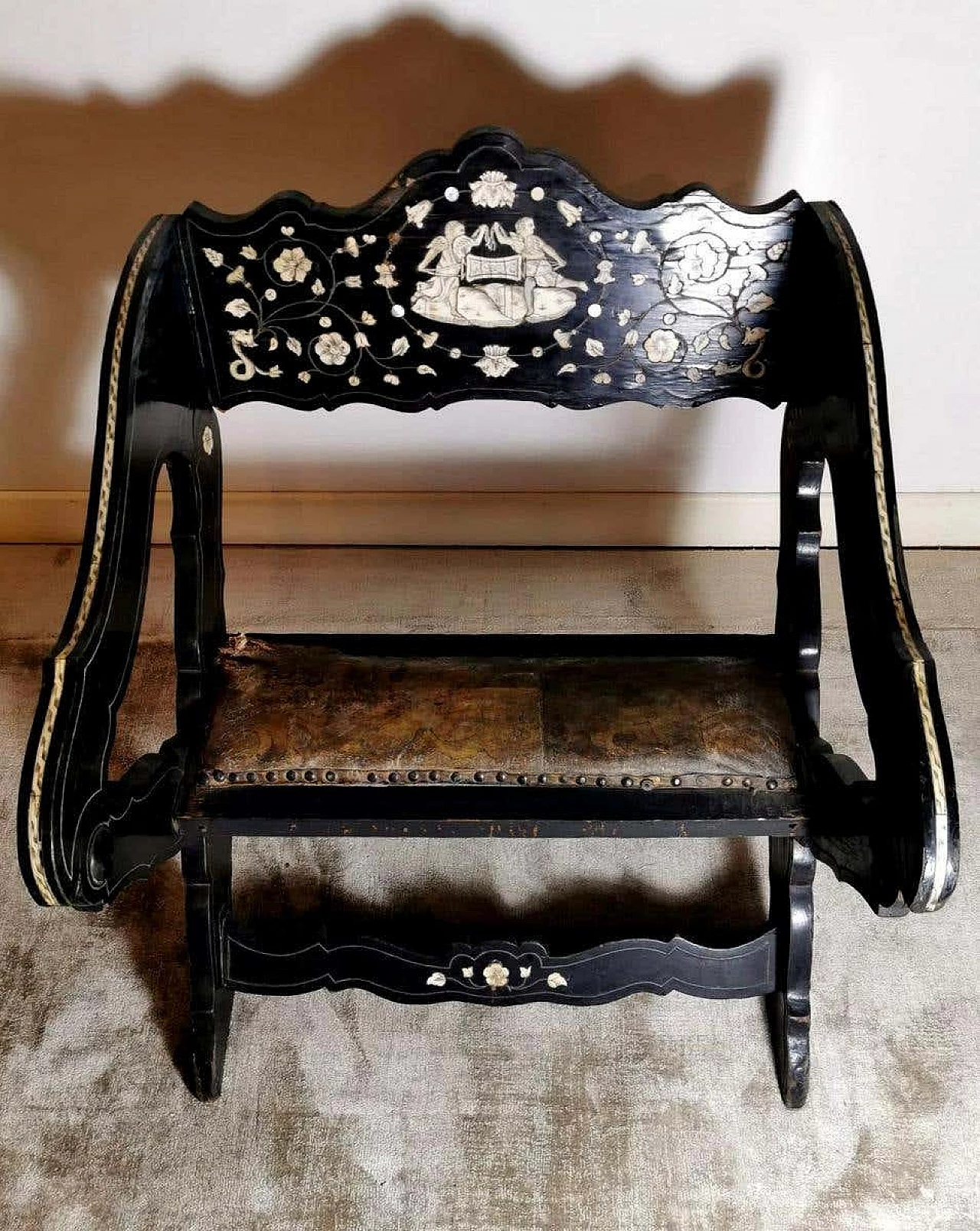
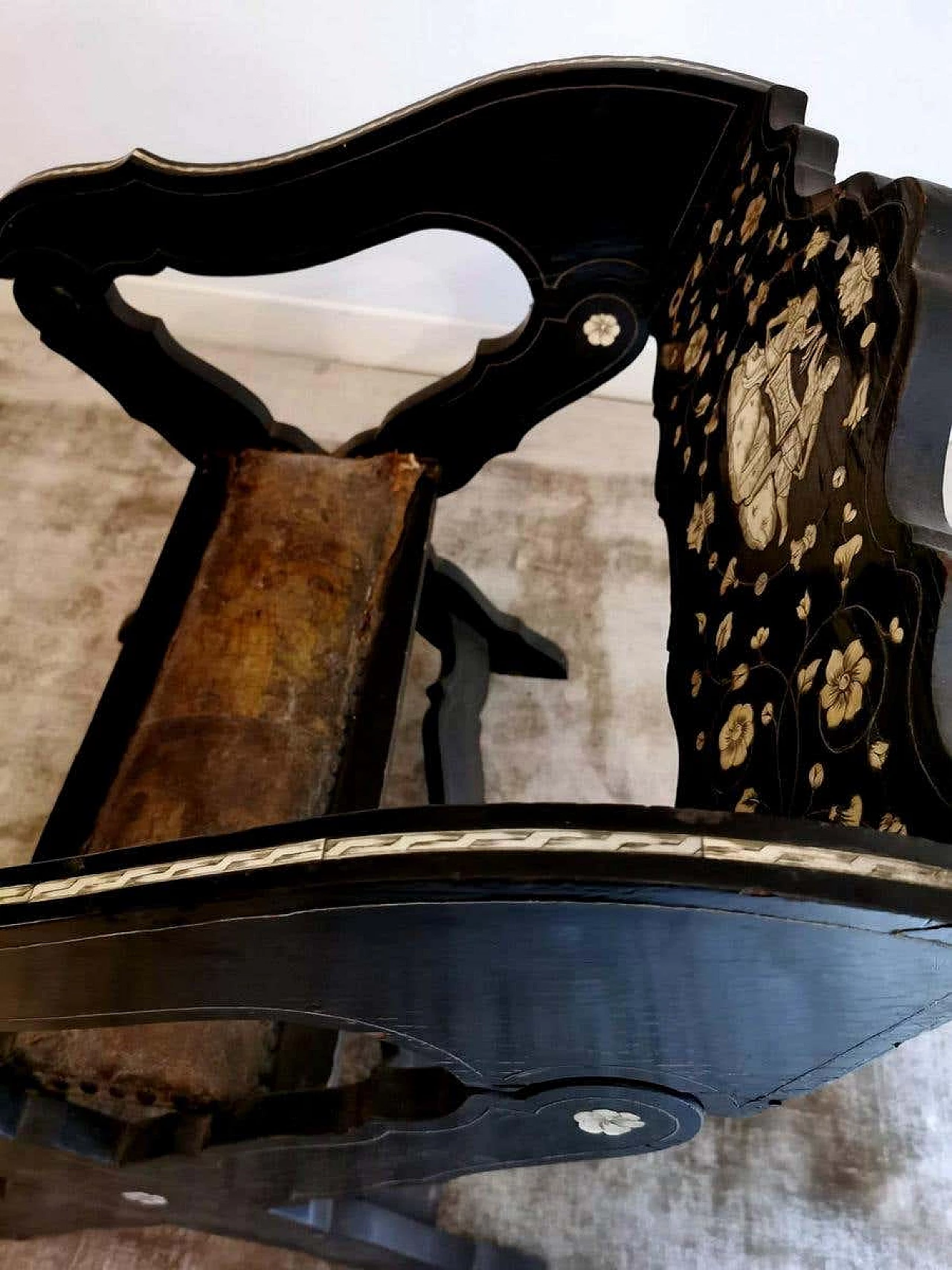
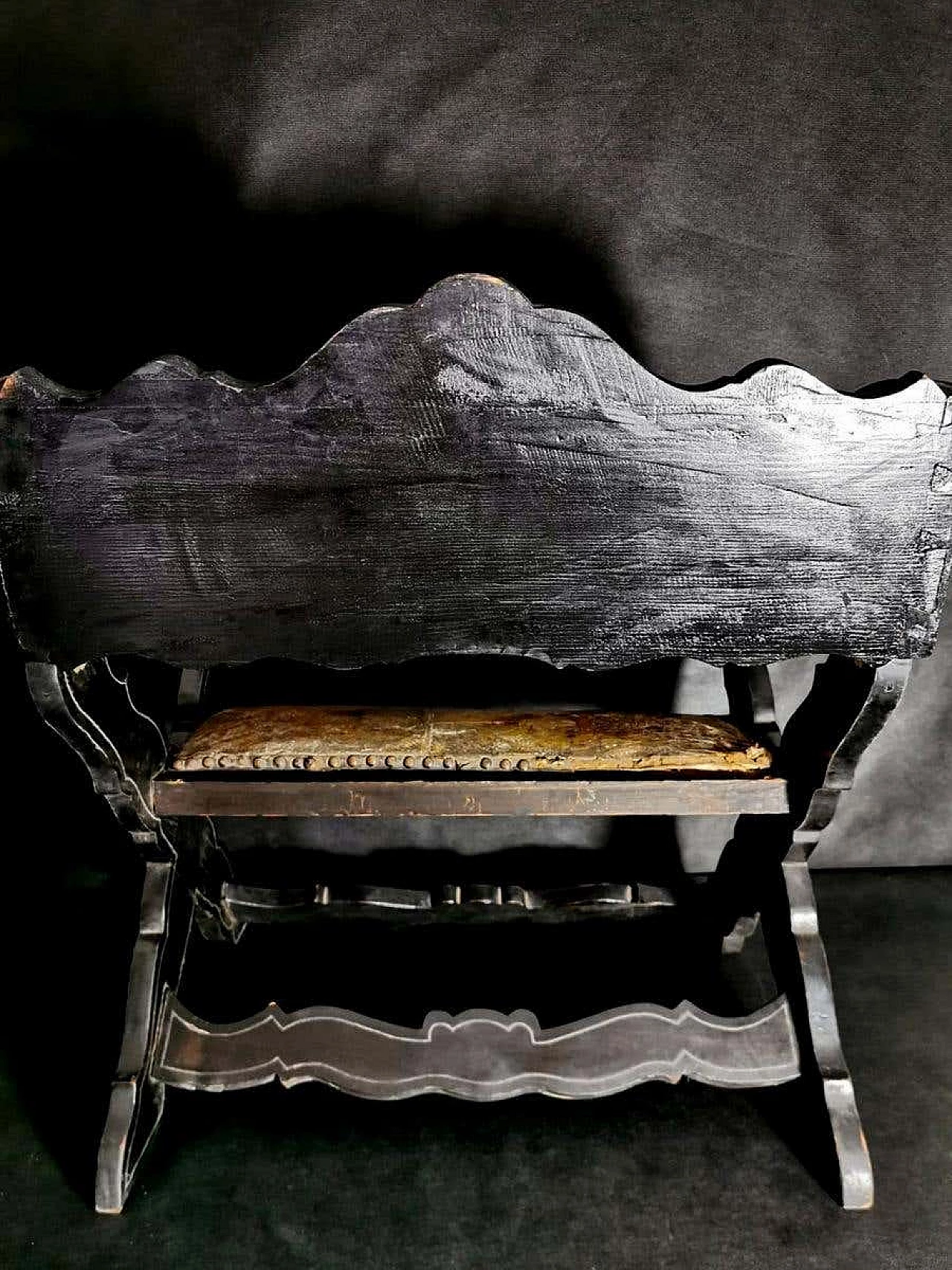
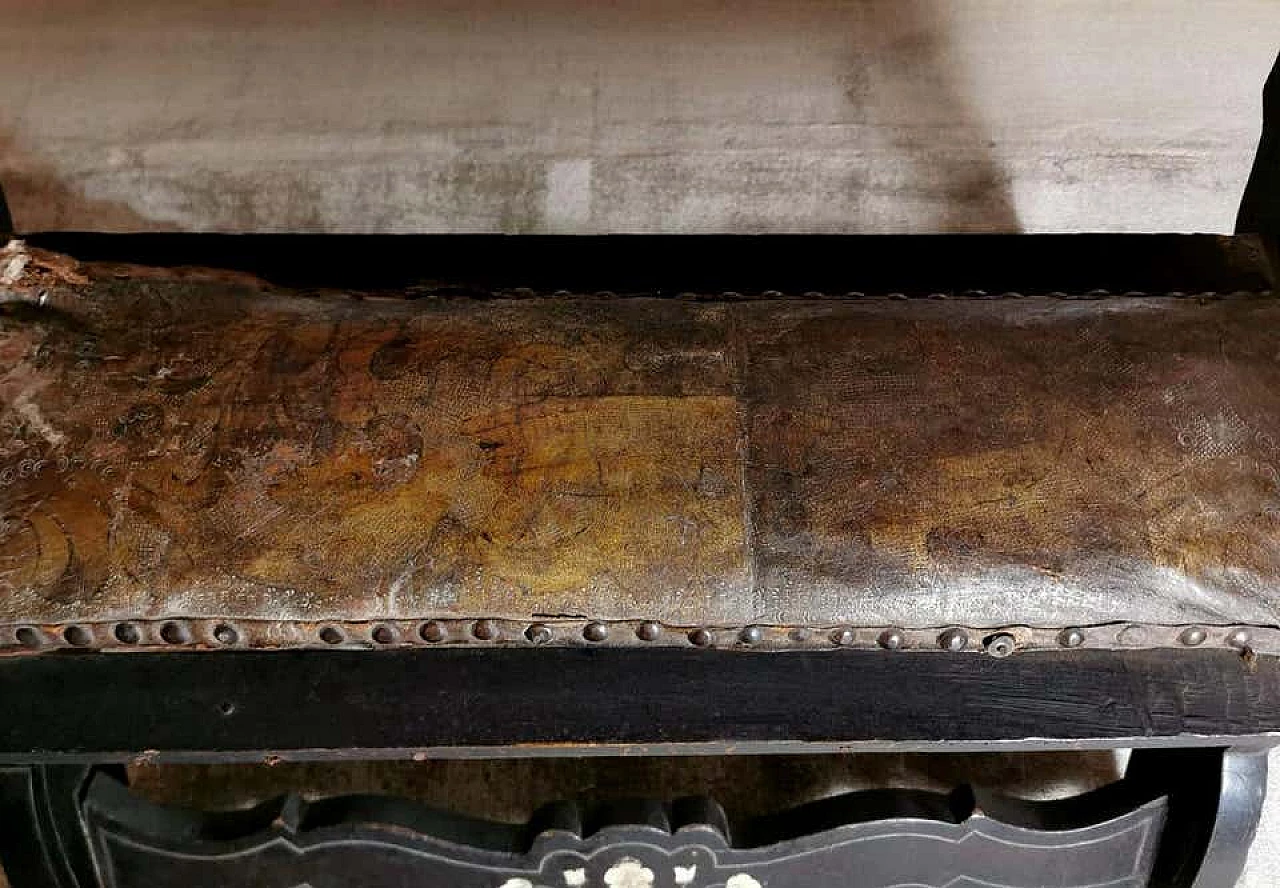
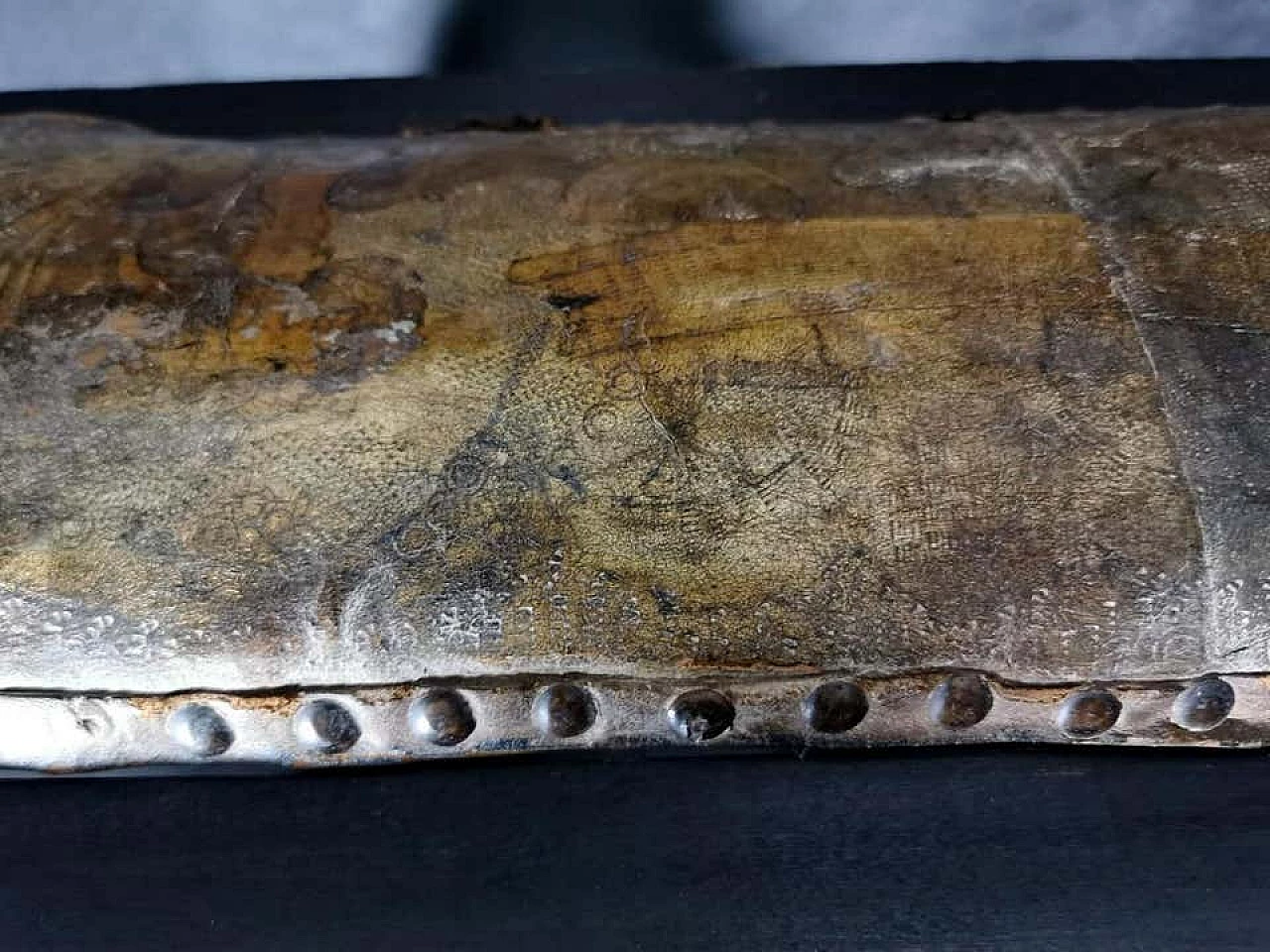
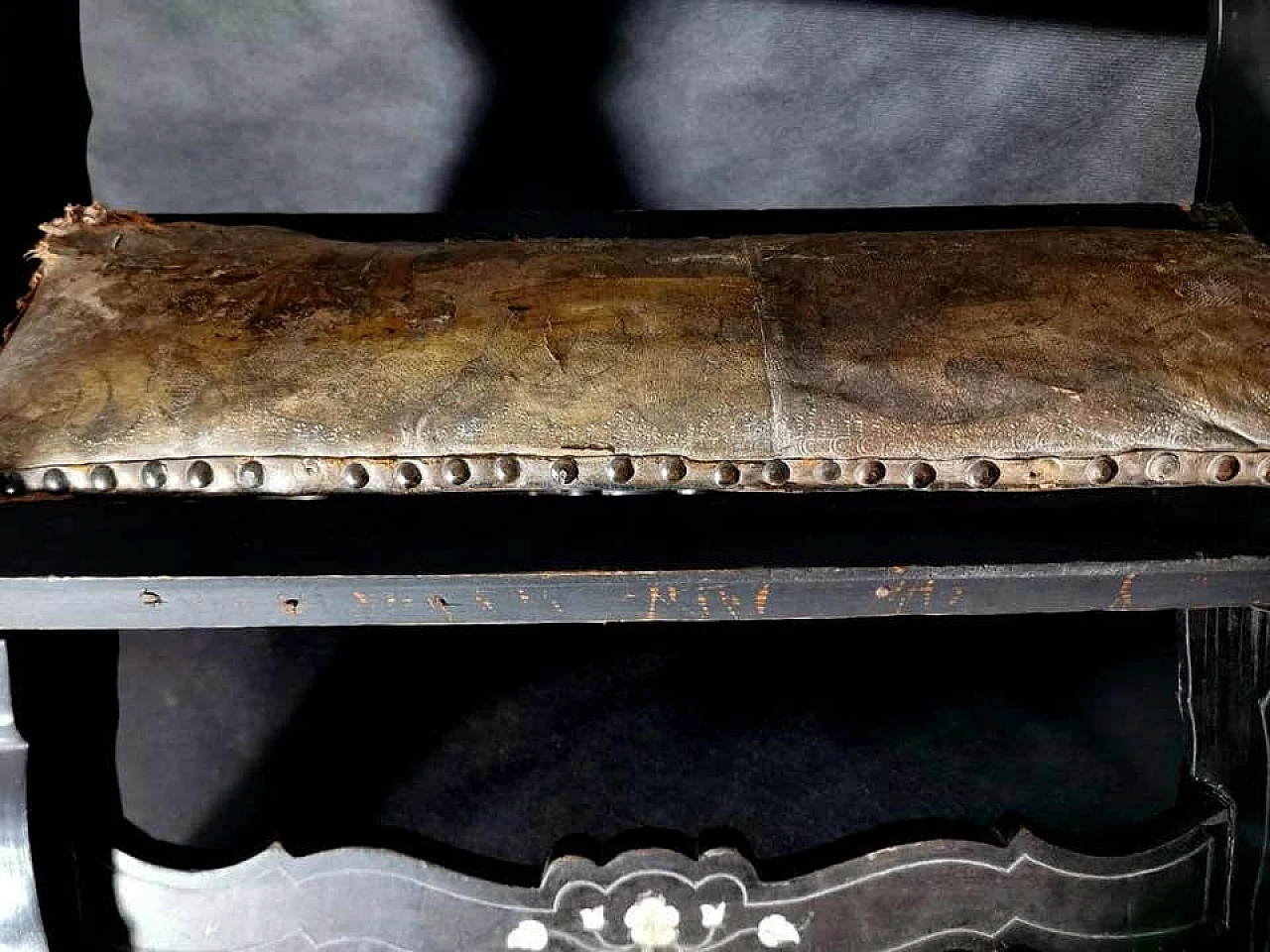
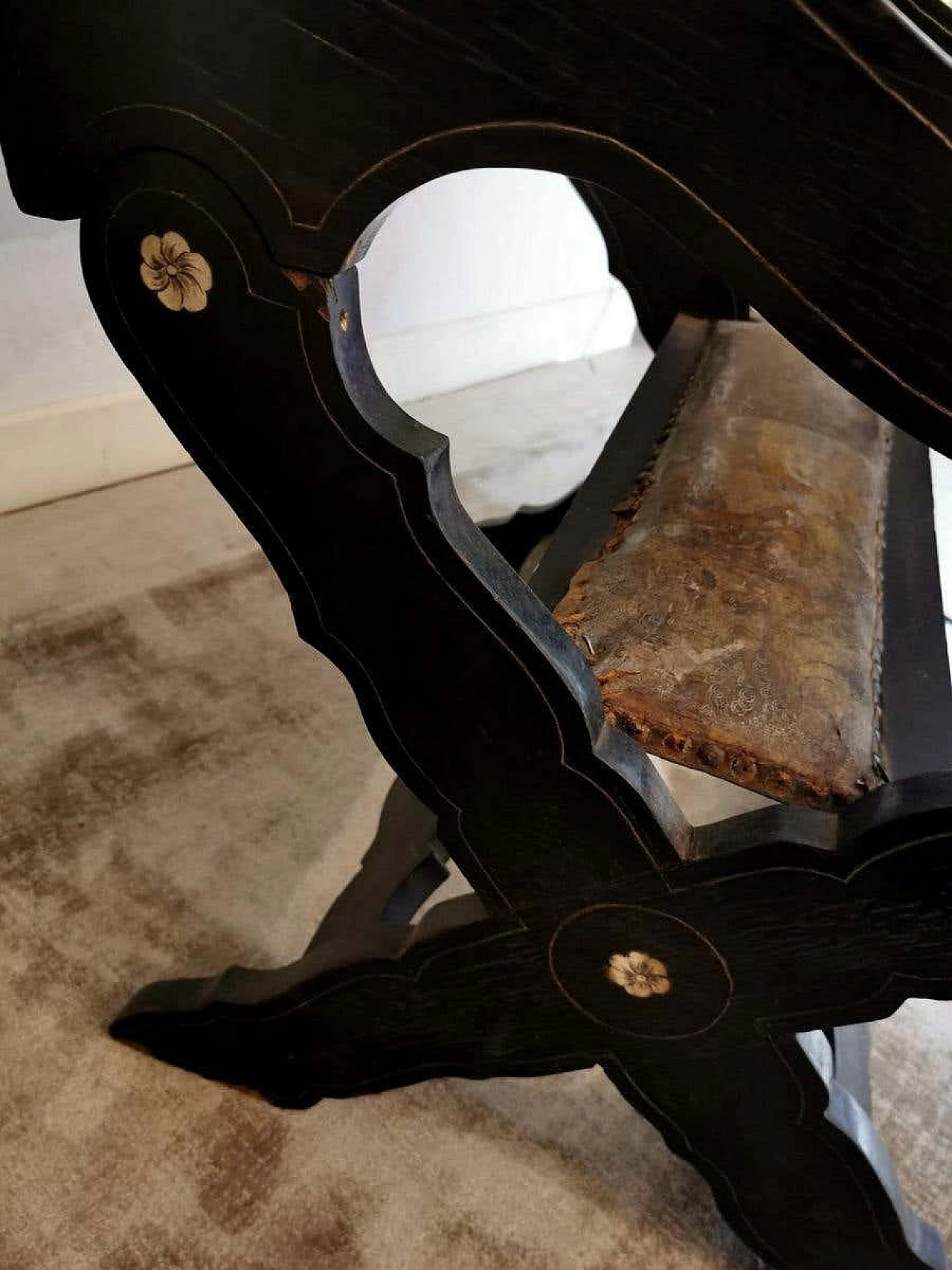
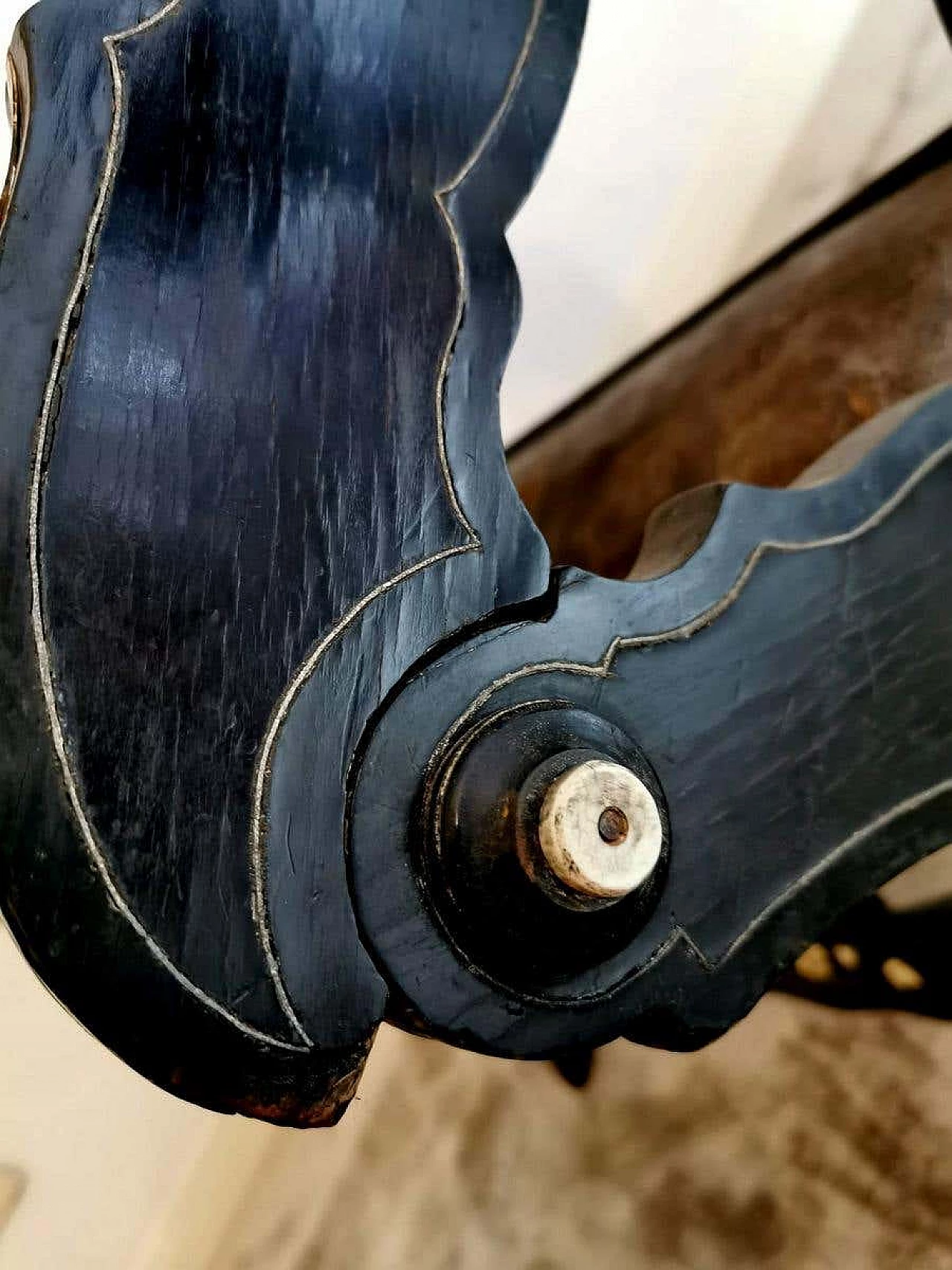
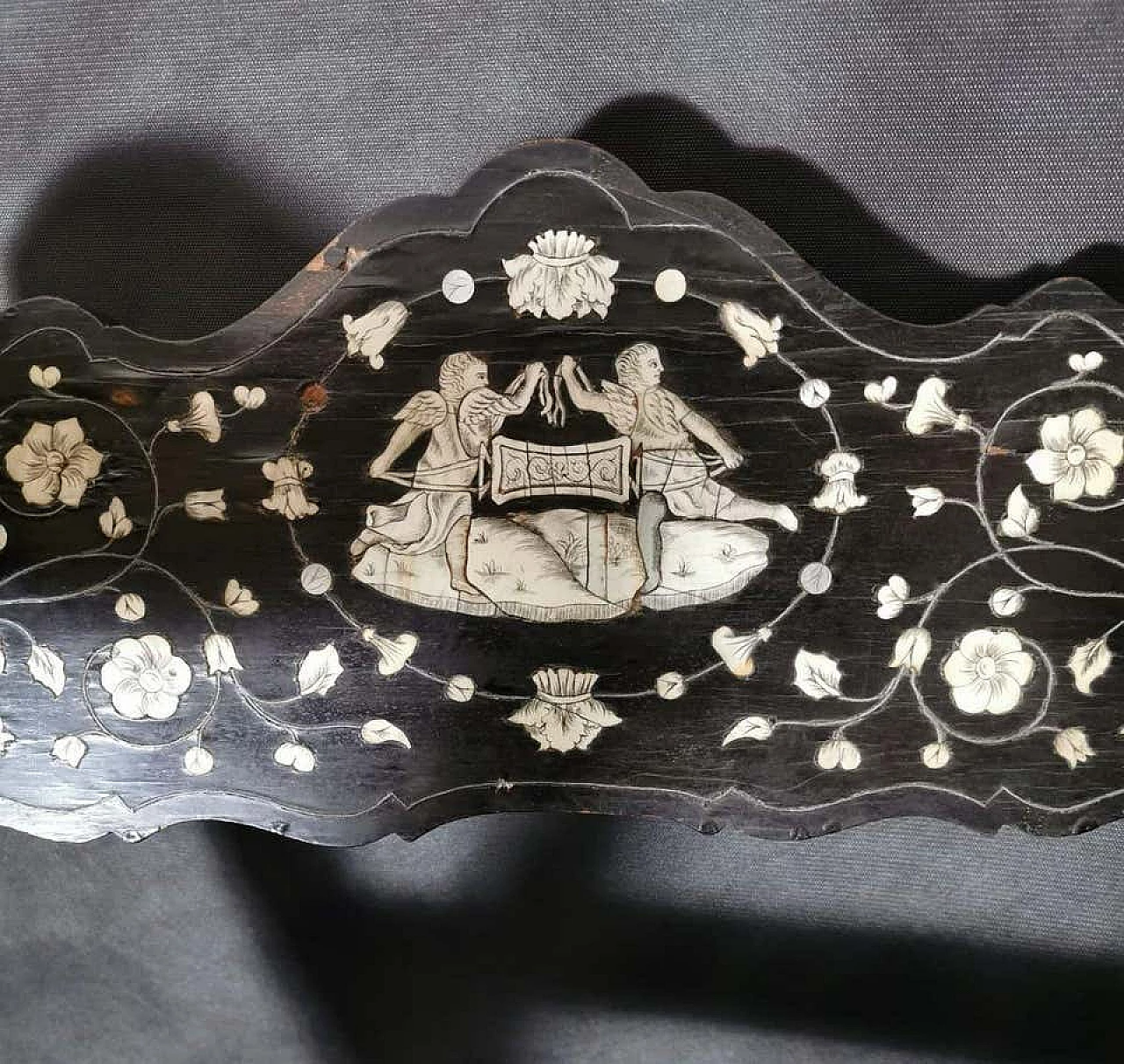

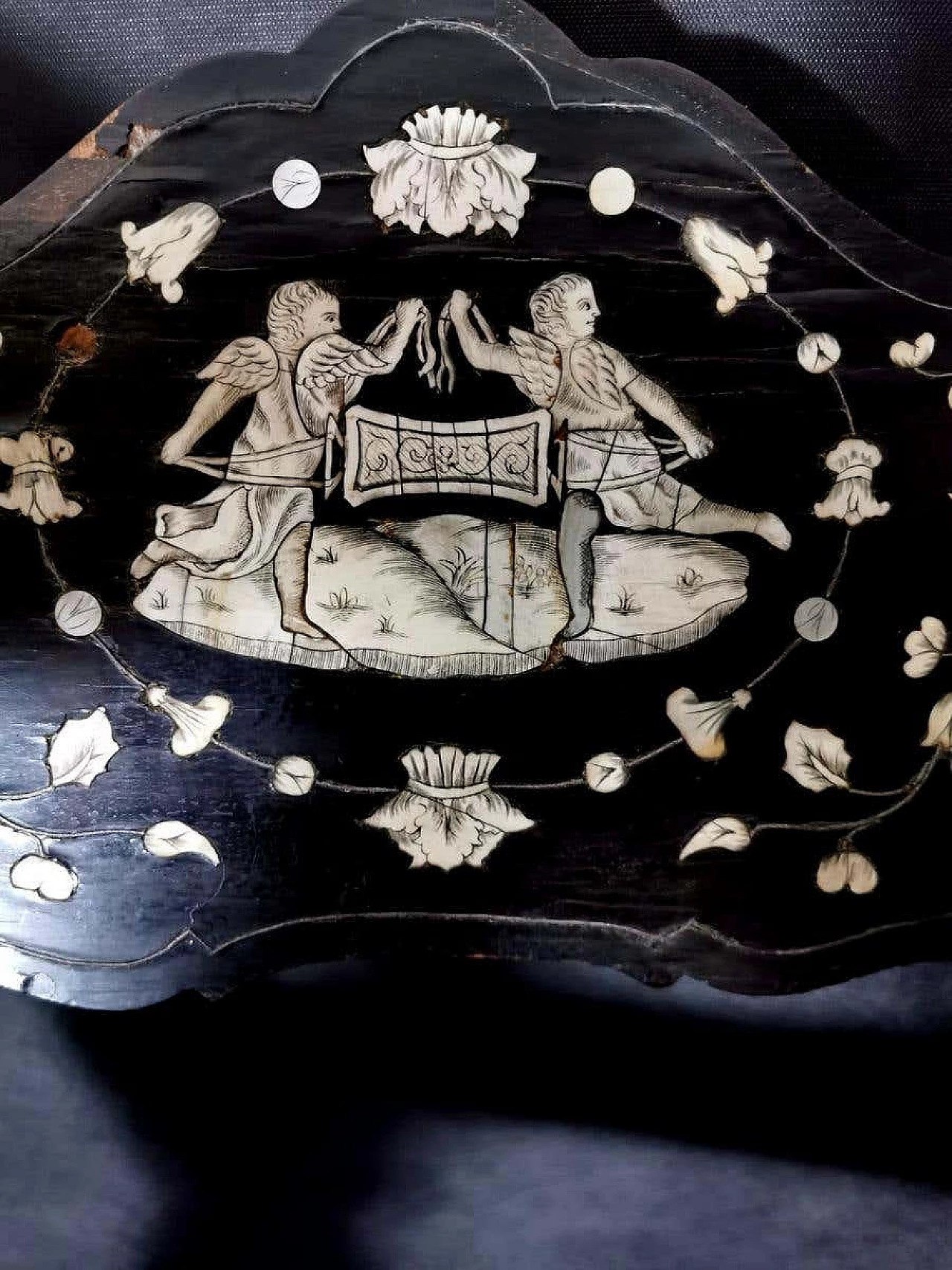
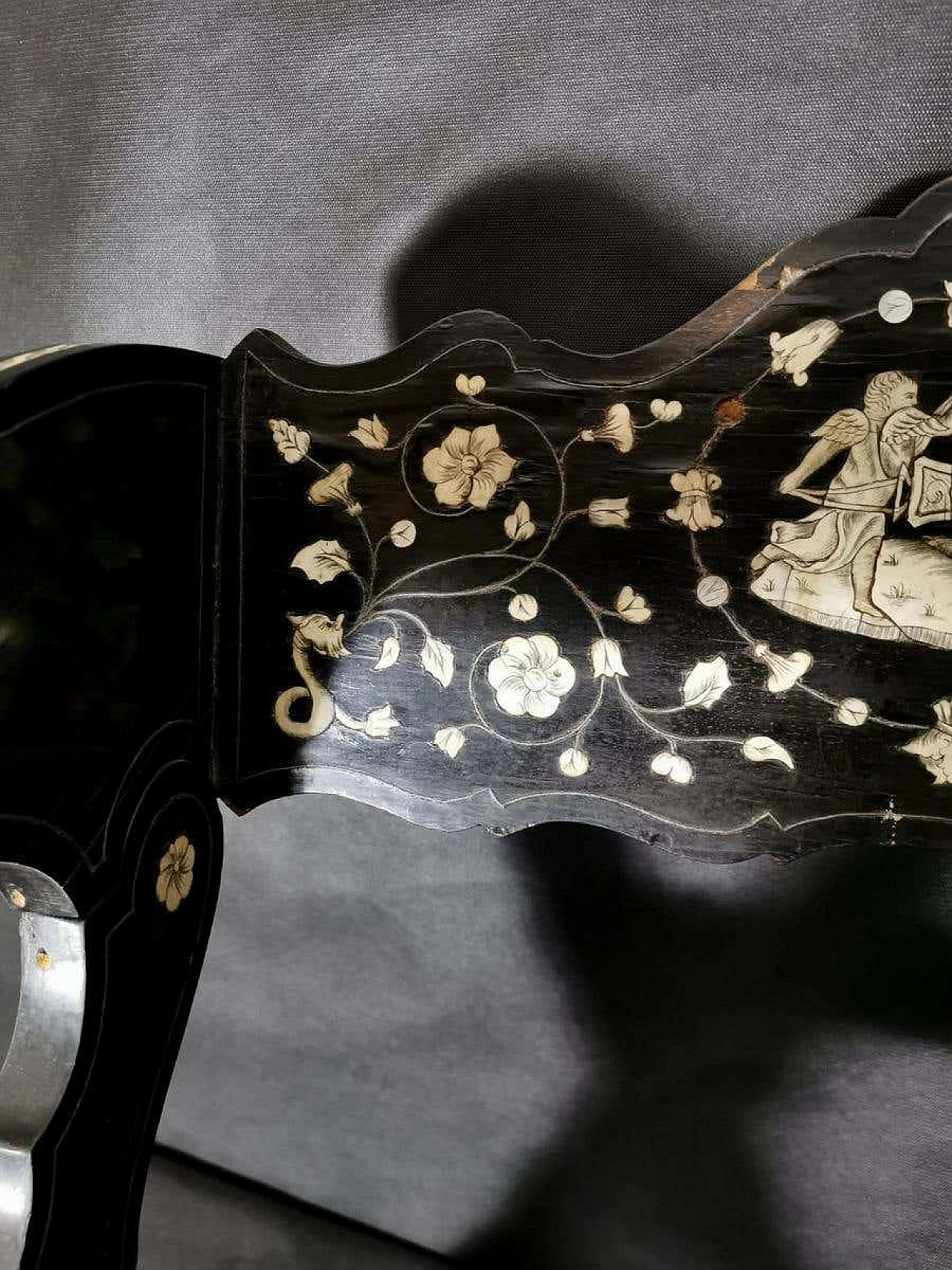
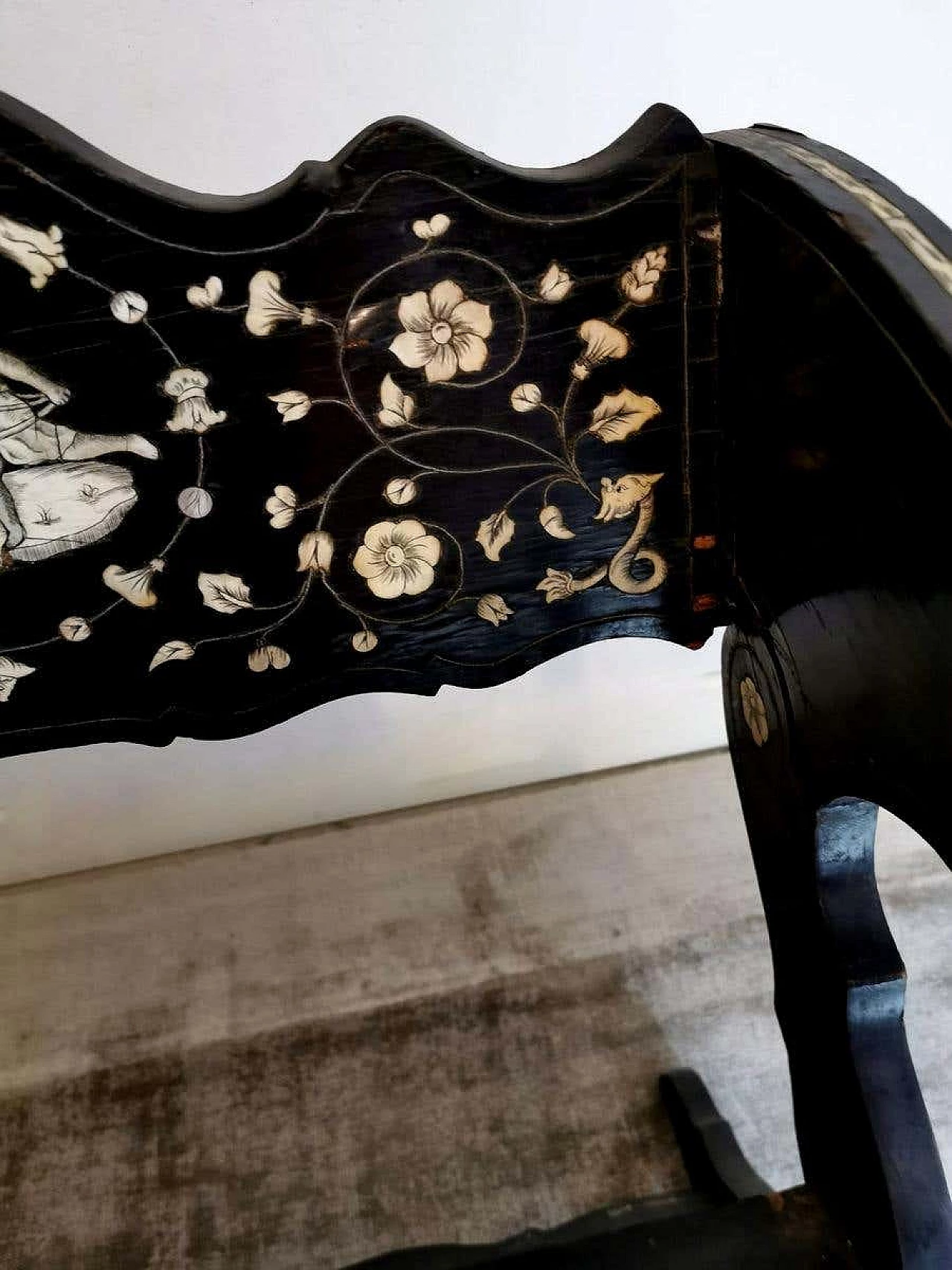
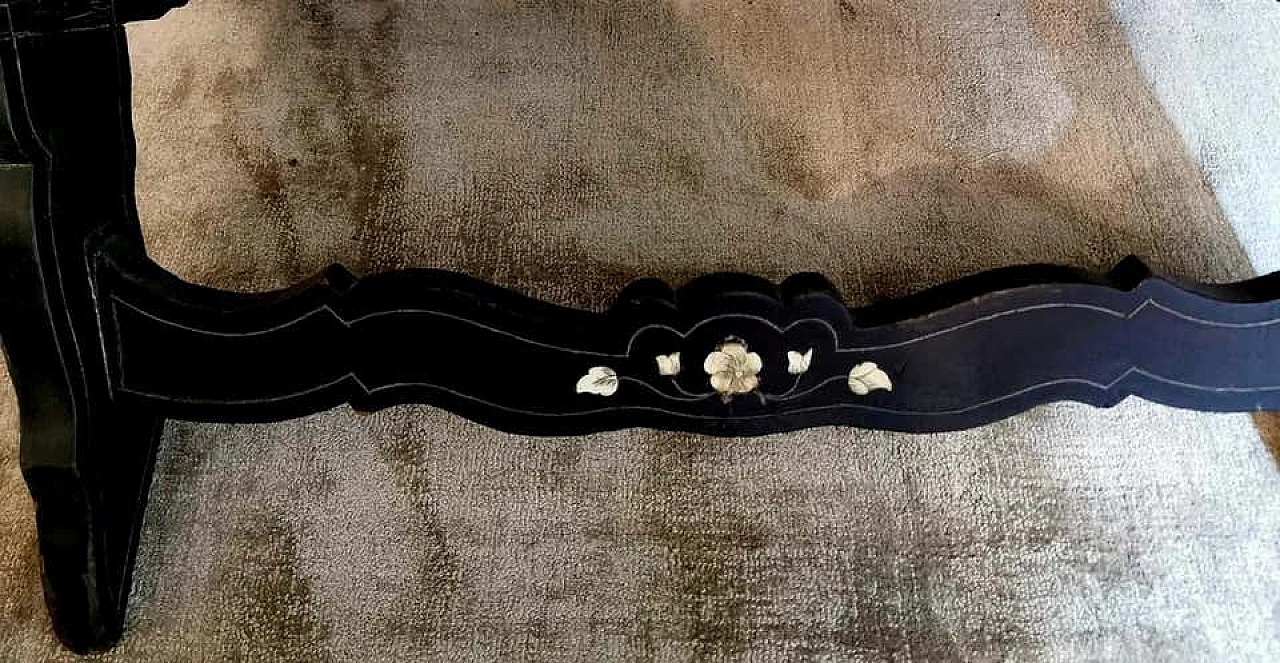
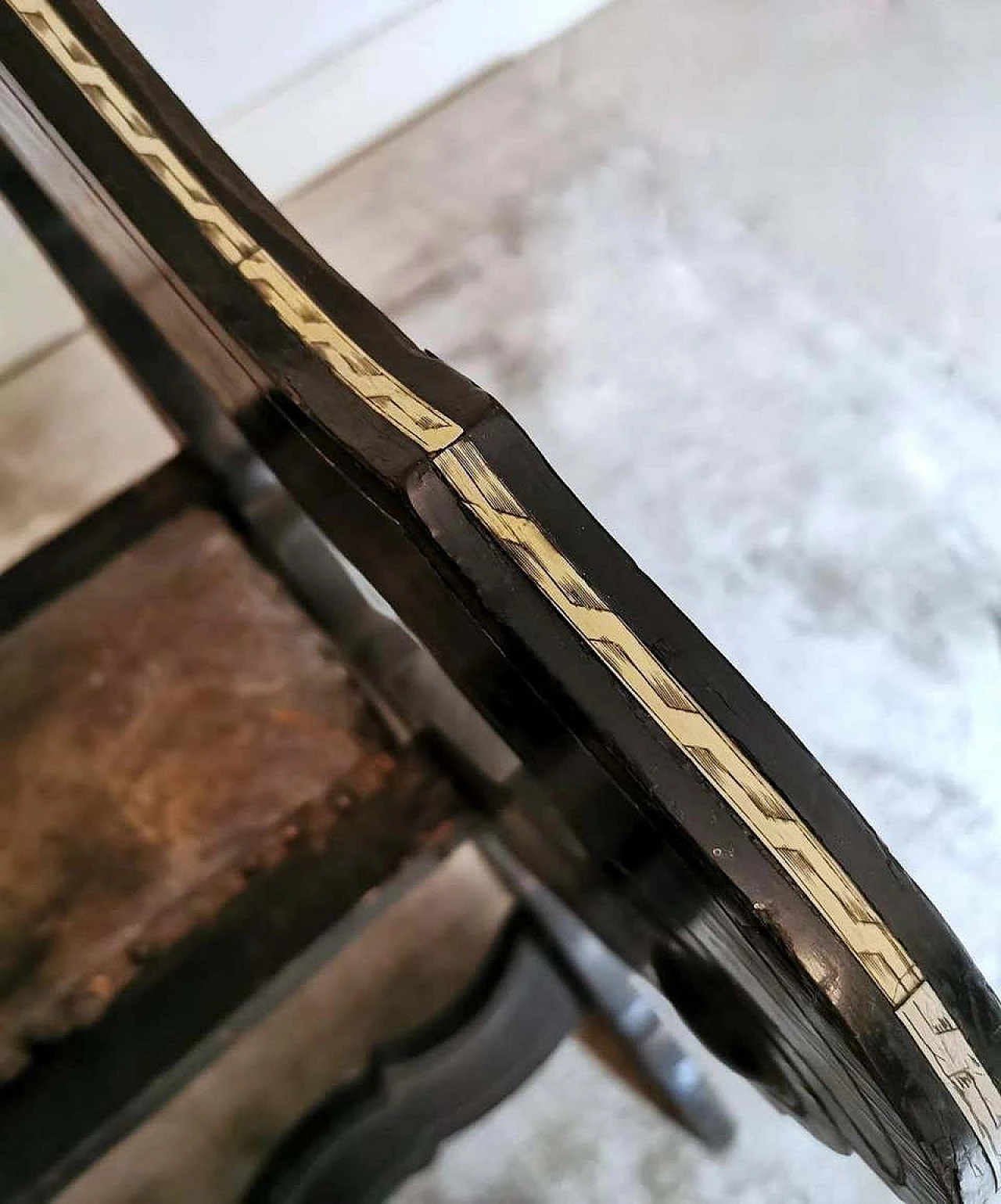
 SILVER Seller in Prato, Italy
SILVER Seller in Prato, Italy

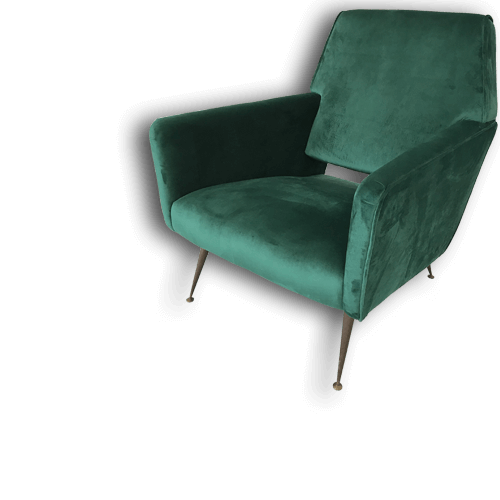



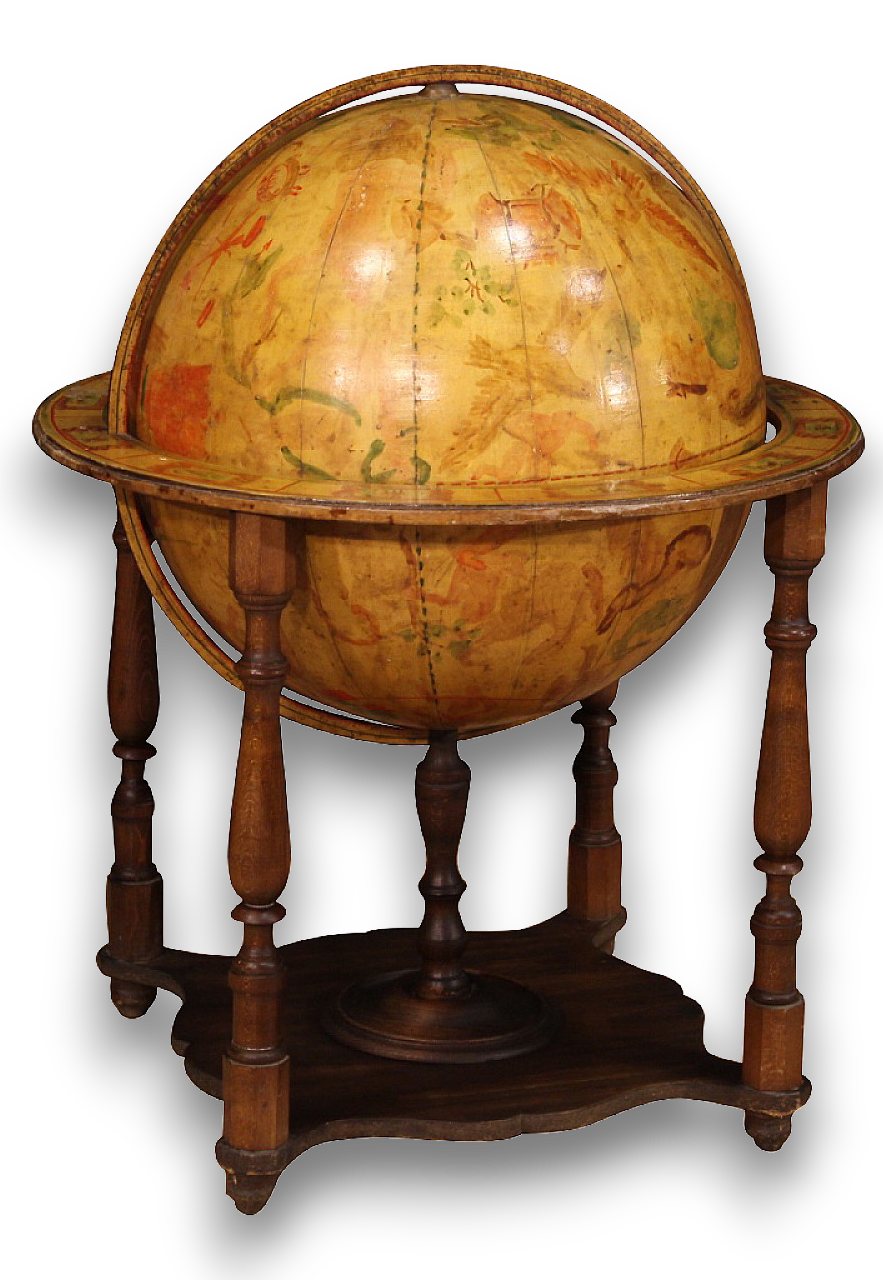
.png)

